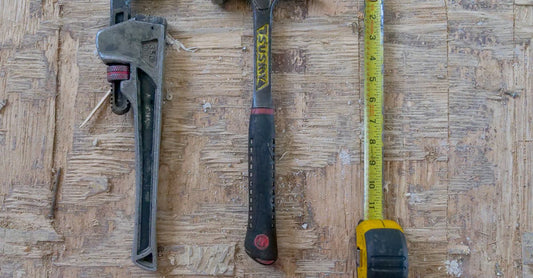VOLT-ij re-DUHK-shun
Voltage, Reduction
The act of reducing the voltage of an electrical system.
Example usage: The electrician checked the voltage reduction on the circuit.
Most used in: Commercial and industrial electrical work.
Most used by: Electricians, engineers and other tradespeople who work with electricity.
Popularity: 8/10
Comedy Value: 2/10
Also see: Low Voltage, Voltage Drop, Voltage Limiting, Voltage Reduction,
What is Voltage Reduction in Construction?
Voltage reduction is a term used in construction to describe the process of reducing the voltage of an electrical circuit. This is done to ensure that the amount of current in the circuit is within the safe limits set by the circuit’s manufacturer. Voltage reduction is a key part of electrical safety, as it helps to prevent overloading circuits and potentially leading to electrical fires.
Voltage reduction is typically achieved by using a voltage regulator. This is a device that can be connected to an electrical circuit and can be set to reduce the voltage of the circuit to a specific level. Voltage regulators are commonly used in construction projects, as they can help to ensure that the electricity supplied to the project is within the safe limits set by the circuit’s manufacturer.
Voltage reduction is also important for energy efficiency. By reducing the voltage of an electrical circuit, it is possible to reduce the amount of energy used by the circuit. This can help to reduce the amount of energy consumed by a construction project, which can help to reduce the project’s overall cost.
In the United States, the National Electric Code (NEC) requires that all electrical circuits be voltage-reduced to the manufacturer’s specifications. This helps to ensure that all electrical circuits are safe and efficient. According to the NEC, all circuits must be voltage-reduced to at least 80% of their rated voltage. This helps to ensure that the amount of current in the circuit is below the safe limit set by the circuit’s manufacturer.
.The Origin of the Term 'Voltage Reduction'
The term “Voltage Reduction” was first used in the late 19th century in the United States in the context of electrician construction. This term is used to describe the process of reducing the voltage of an electrical circuit, typically from a high voltage to a lower voltage.
The term was coined by electrical engineer Charles Proteus Steinmetz in the late 1800s. He was a pioneer in the field of electrical engineering and is credited with inventing the term “Voltage Reduction” as a way to describe a process of reducing voltage. Steinmetz was a professor of electrical engineering at Union College in Schenectady, New York.
The term “Voltage Reduction” has become a commonly used phrase in the electrical engineering and construction fields. It is used to describe the process of reducing the voltage of an electrical circuit, which can be important for the safety of the circuit and its components. The term is also used by electricians when installing electrical systems in buildings, as well as by engineers when designing electrical circuits.
The term “Voltage Reduction” has been in use since the late 19th century and is still used today as a way to describe the process of reducing the voltage of an electrical circuit. It is a useful term in the electrical engineering and construction fields and is often used when dealing with electrical circuits.




